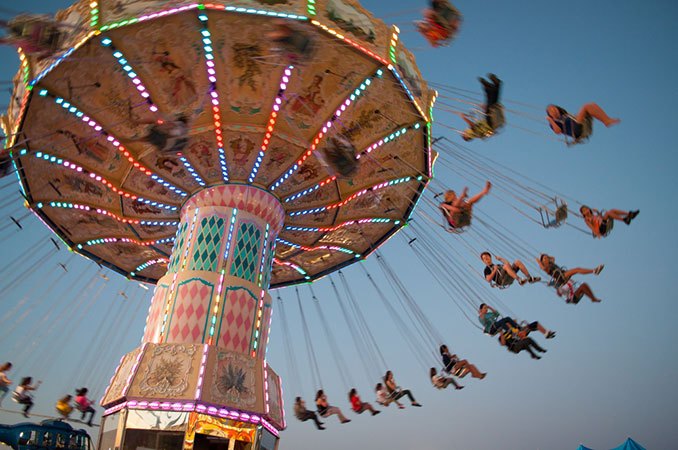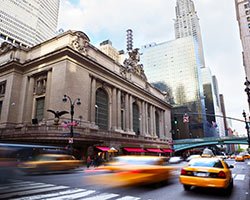Although in photography blurriness is often viewed as a mistake, there is an interesting and creative way to intentionally capture motion blurs in your images. By experimenting with shutter speed, you can snap some awesome shots that truly capture the action and dynamic energy of a subject in motion.
If you just purchased your first camera and you’re still not comfortable making these technical adjustments, consider checking out our online digital photography course before you dive in. Throughout the course you’ll login and learn the basic functions of your camera so you can begin to shoot in manual mode, capturing higher-quality images of the people and places around you. If you’re already a pro with your device and ready to get some practice, here are some tips for snapping that awesome motion blur we’re talking about:
1. Manual ModeIf you’re comfortable working in manual mode, your shots will come out best if you do so with this exercise. If you’re absolutely unwilling to get out of auto, you should start by playing with shutter priority mode for the best results. With this helpful tool, you can pick whatever shutter speed you want to work with and your device will do the rest of the work, figuring out the corresponding settings to capture a well-exposed final product.
2. Shutter SpeedIf you’re unfamiliar with shutter speed altogether, try to think of it like this- there is essentially a small curtain within your camera that can be altered to open or close more or less, consequently letting in an adjustable amount of light. The longer that curtain is left open, the more light will come into your shot. So in terms of photographing something that moves, as long as that curtain is open, things going on in front of your camera lens are still being captured, creating that motion blur, ghost-like effect we’re familiar with.
To keep the background nice and sharp while capturing one swift motion blur of a moving subject in the foreground, you will need to use a slower shutter speed.
3. GearDepending on what you’re photographing and how long you’ll be capturing the movement, you should strongly consider using a tripod. As we mentioned before, as long as that shutter speed is left open, your camera is capturing any and all movement taking place- and that includes your own. If you’re somewhat shaky and can’t trust yourself to stay entirely still throughout a long motion capture, adding a tripod to your setup is crucial.







